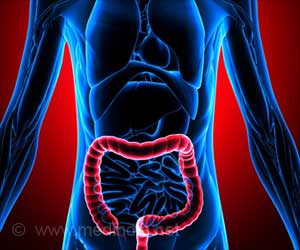Multiple mating seems to help in the animal kingdom. The process ensures the sustainability of the species, it has been found.

The scientists placed 24 male and 24 female house mice from 16 generations of both polygamous and monogamous selection lines in free-range enclosures for 11 weeks where they had to compete for resources and mates.
The idea was to understand why multiple mating evolved and remained a breeding strategy. They focused on the evolutionary effects of female mate-choice and male–male competition in a single environment.
Dr Renee Firman of the UWA Centre for Evolutionary Biology says female mice benefitted from multiple mating (polyandry) by producing sons with increased reproductive success in a competitive environment.
"Males from the polygamous lines sired more offspring. The increased fitness of males from lineages evolving with sperm competition may be explained by a genetic benefit associated with polyandry,” Dr Firman says.
"Females may have preferentially mated with the polygamous-line males to obtain genetic benefits for their offspring. In a single oestrous period, female house mice will copulate with both dominant and subordinate males, but more frequently with dominant males that may be deemed of higher genetic quality.
Advertisement
Researchers say the experiment provides support for the ‘good sperm' hypothesis, one of the explanations for the existence of polyandry.
Advertisement
“The study shows the reinstatement of postcopulatory sexual selection in a population with a long history of monogamy resulted in increased sperm quality after just eight generations of selection,” Dr Firman says.
Dr Firman also noted an increase in litter size in the lines evolving with sperm competition which may be explained by improved embryo viability, either as a consequence of reduced mutation loads, or due to an intrinsic sire-effect and selection for good genes.
The findings have since been published in the journal Evolution.
Dr Firman’s work, “Experimental evolution of sperm quality via postcopulatory sexual selection in house mice," has been recognised as the best published article among scientific fields.
Source-Medindia






